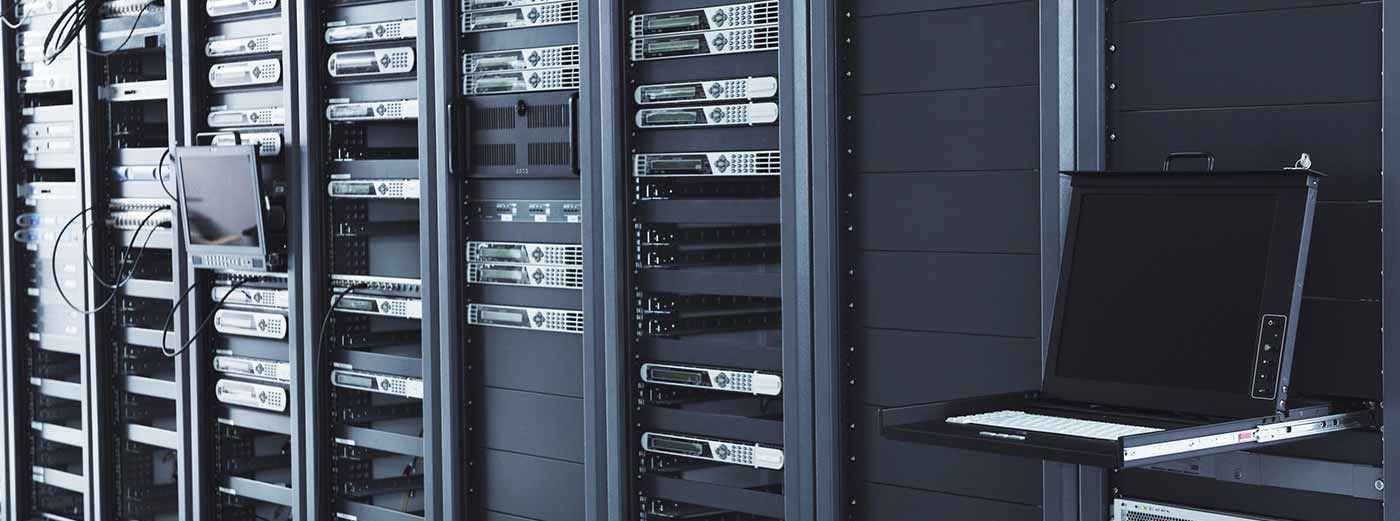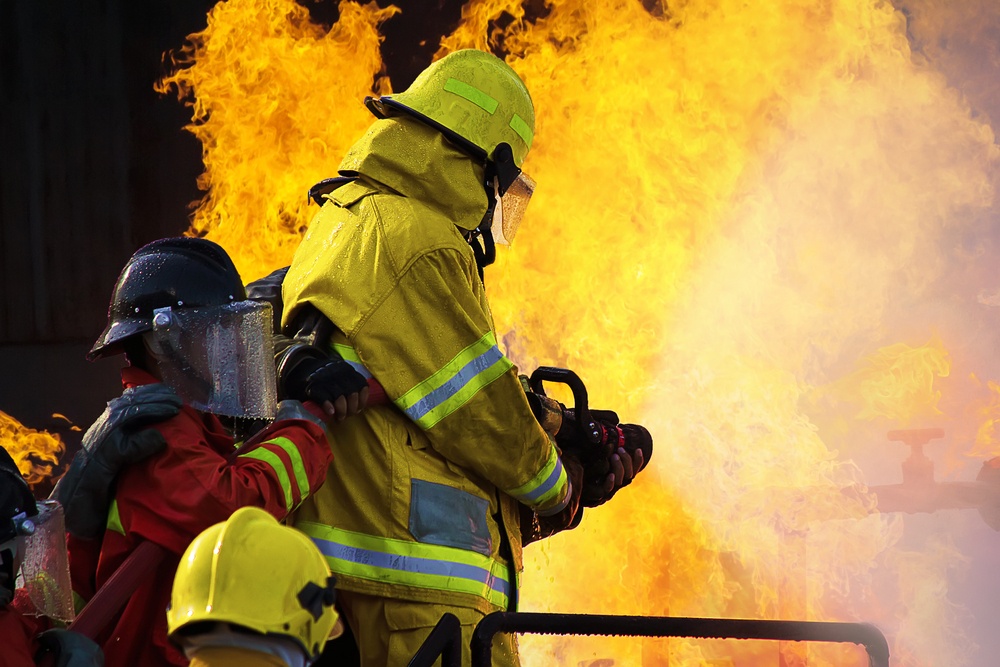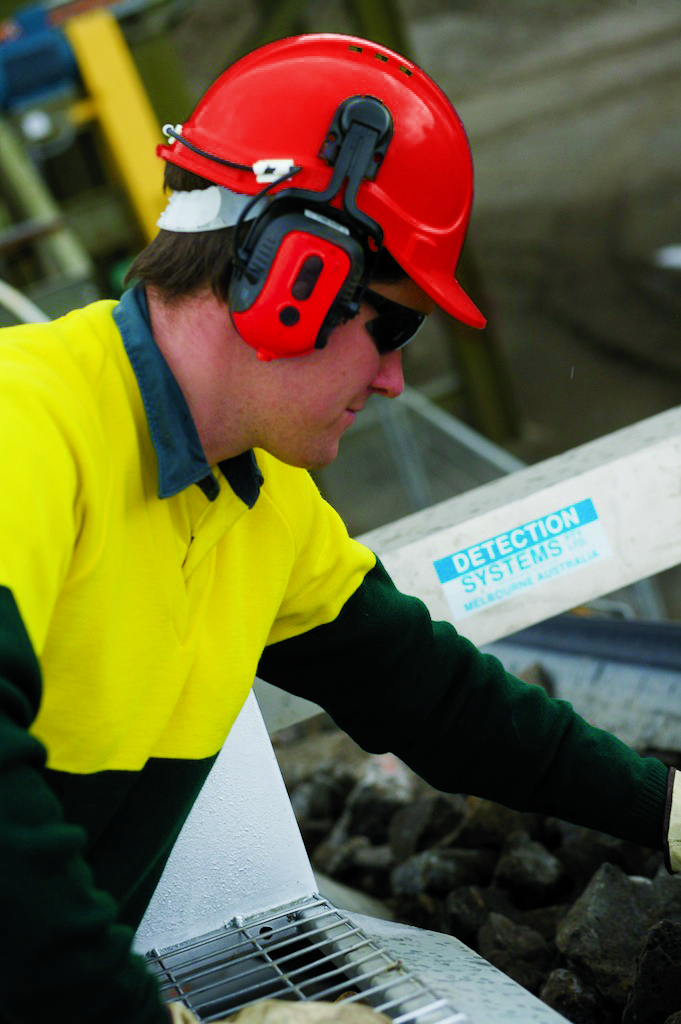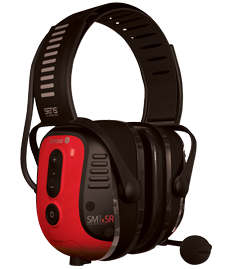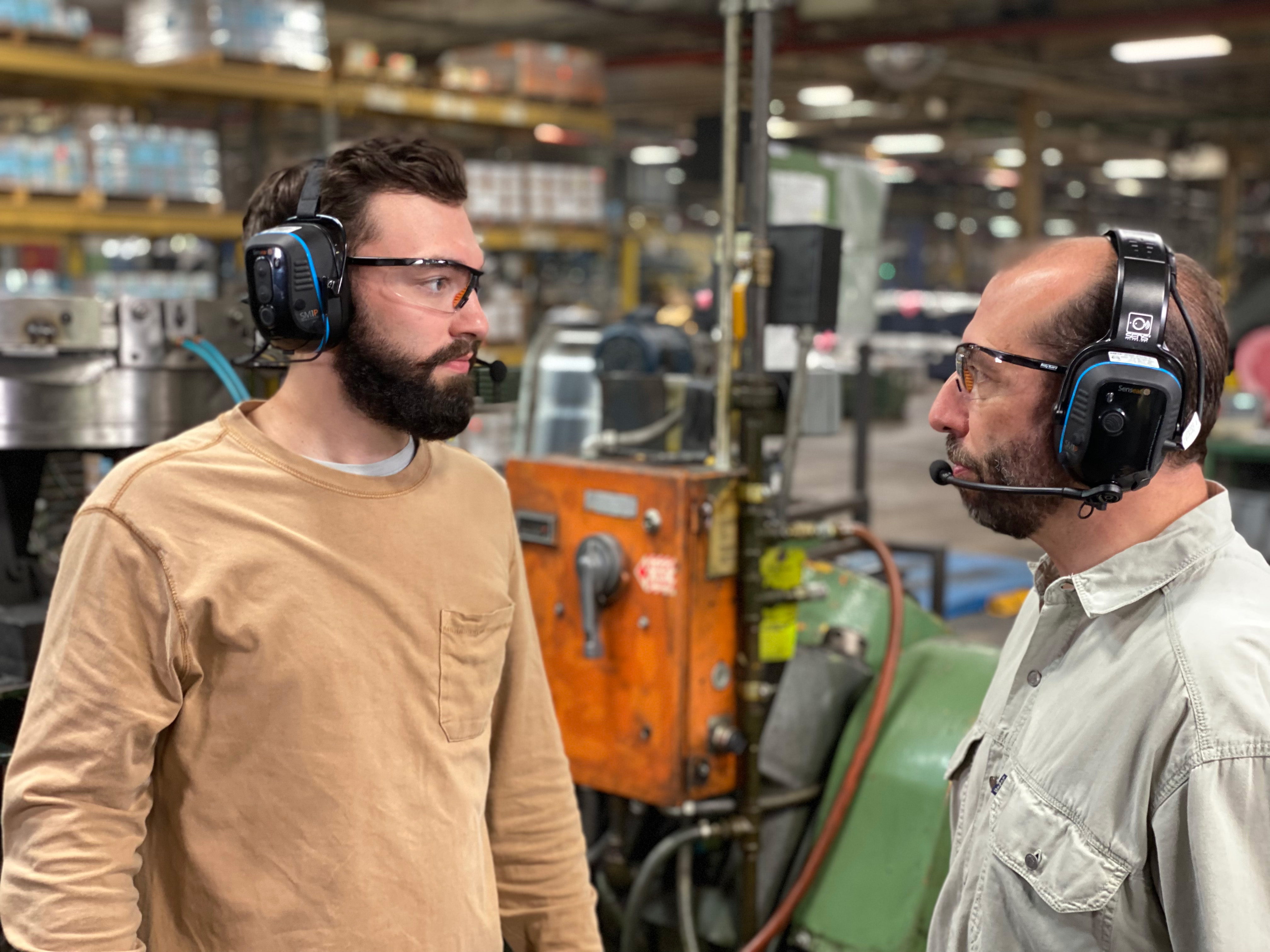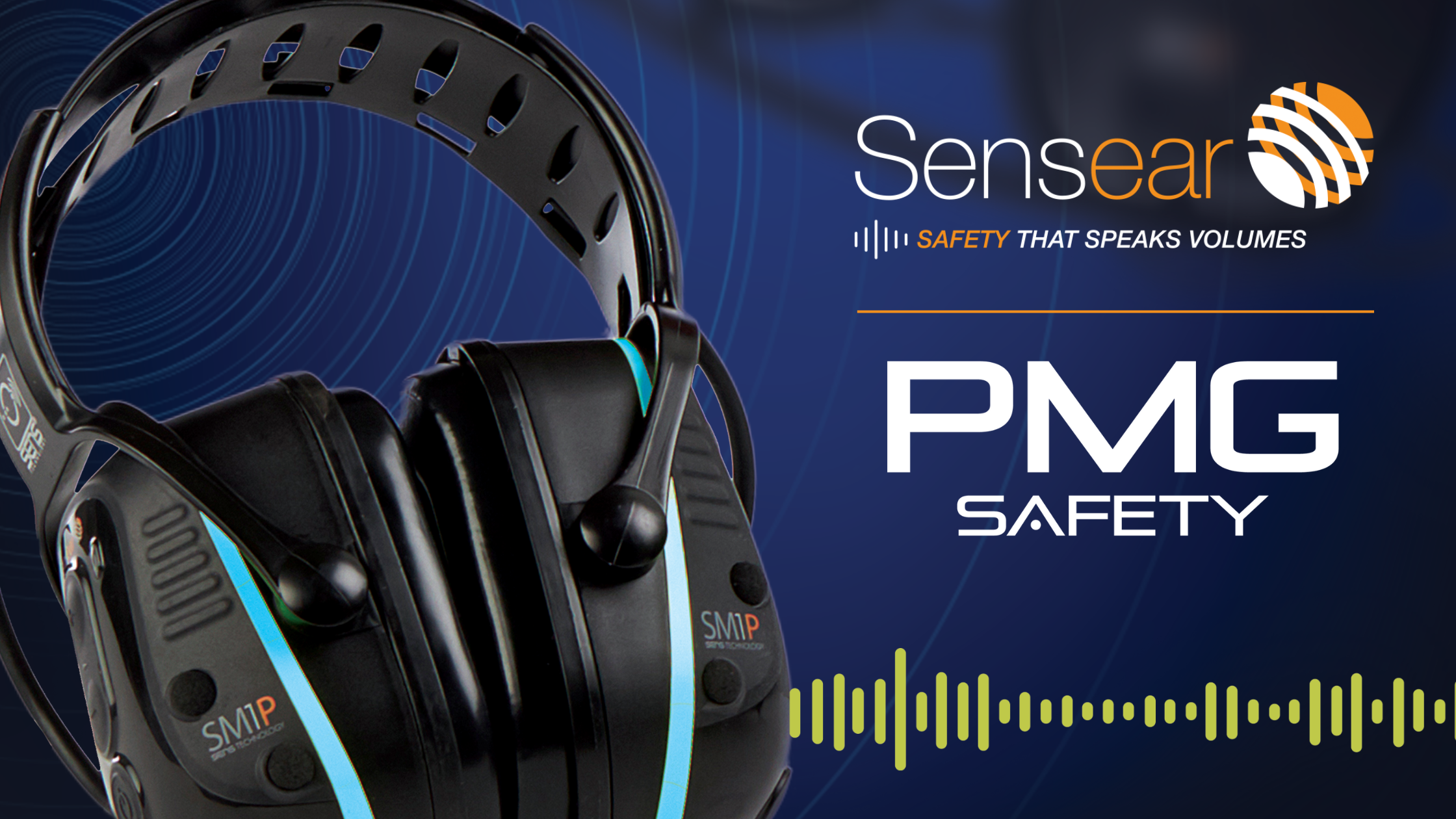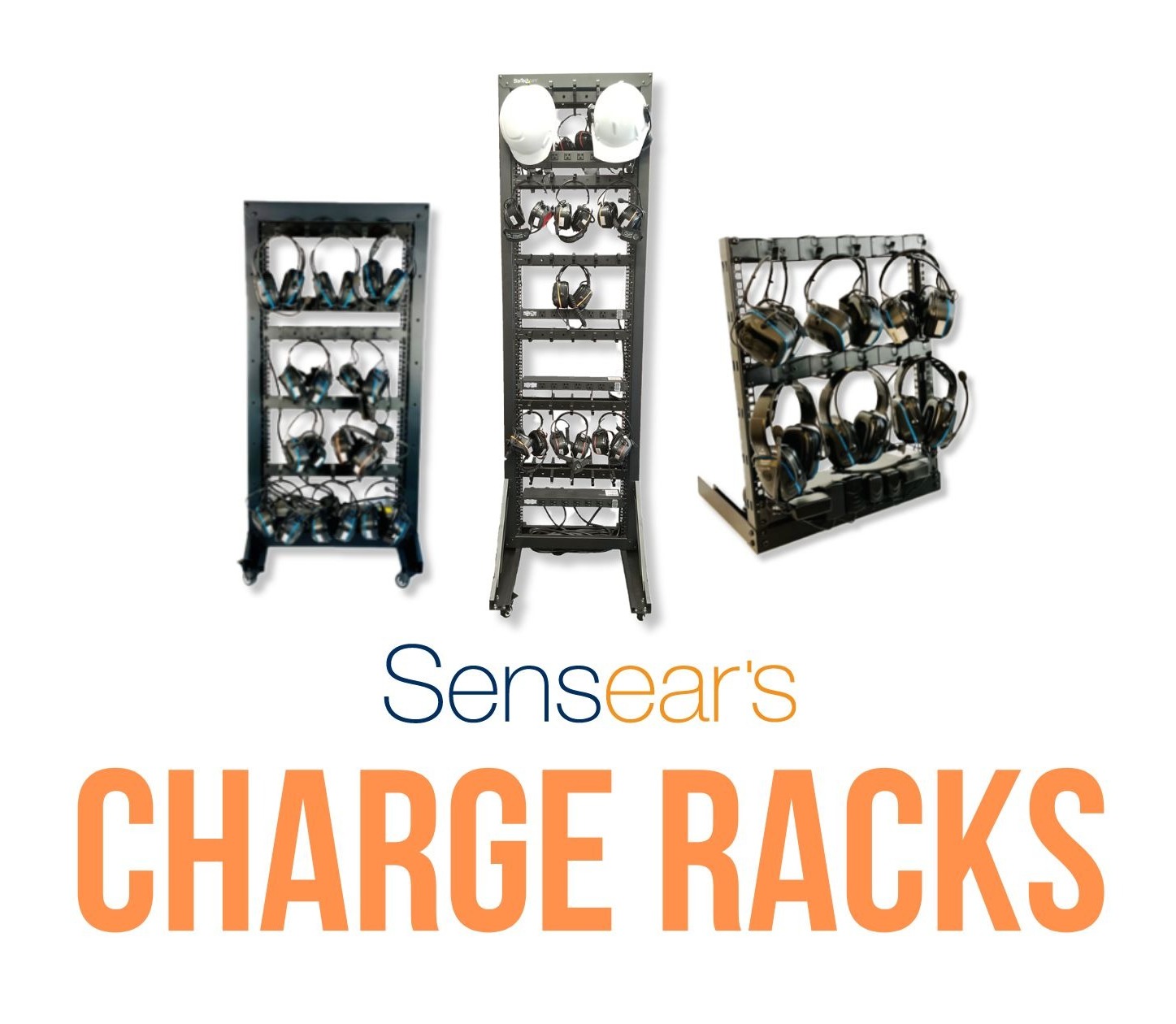According to OSHA, around 30 million American workers are exposed to hazardous levels of noise every year. This staggering number—and the OSHA standards that result from this data—mean that employers across the country are exploring ways in which to reduce and eliminate this hazard.
In a recent article in the Safety and Health Magazine, there are a number of trends to keep an eye on this year, including education, the need for better fitting devices, and electronic hearing protection systems “that permit situational awareness”.
In choosing an intrinsically safe headset for your safety program, it is critical that you provide education to workers using the device. An improper fit will result in reduced efficacy—or worse—misuse of the product entirely.
In an effort to help you choose an appropriate solution for your environment, we have compiled the top ten factors you should consider when selecting a Bluetooth® headset.


